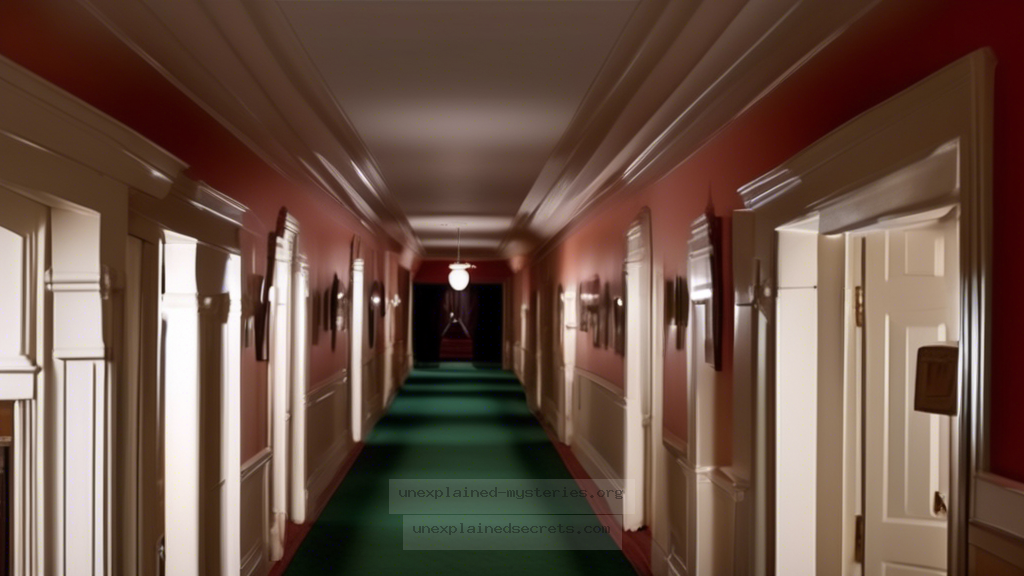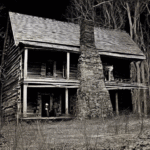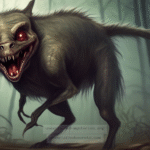What Secrets Lurk in the Shadows of the Stanley Hotel, the Inspiration for Stephen King’s “The Shining”?
What Secrets Lurk in the Shadows of the Stanley Hotel, the Inspiration for Stephen King’s “The Shining”?
The Stanley Hotel in Estes Park, Colorado, stands as an iconic destination not only for its breathtaking views and luxury accommodations but also for its reputation as one of the most haunted locations in America. This question matters because the intersection of the hotel’s rich history and its paranormal activity has captivated visitors, historians, and paranormal enthusiasts alike. With its captivating stories of ghost sightings, unexplained phenomena, and a literary connection to Stephen King’s “The Shining,” the mystery surrounding the Stanley Hotel invites us to explore the very nature of hauntings and what they reveal about our past.
Historical Context of the Stanley Hotel
The Stanley Hotel was founded in 1909 by Freelan Oscar Stanley, co-founder of the Stanley Motor Carriage Company, and his wife, Flora. Originally intended as a summer retreat for affluent families, the hotel quickly gained a reputation for its grandeur, complete with stunning views of the Rocky Mountains and state-of-the-art amenities for its time. However, it is not only the hotel’s opulence that attracts attention; its history is steeped in tales of the supernatural.
Freelan Stanley himself suffered from tuberculosis, which brought him to Estes Park for the healing properties of the mountain air. After recovering, he decided to build the hotel, where he lived until his passing in 1940. Since then, many visitors have reported encounters with his spirit, as well as with Flora Stanley, who is said to roam the halls, ensuring that guests feel at home.
Core Concepts of Haunting at the Stanley Hotel
Haunting phenomena can often be categorized into different types: residual hauntings, intelligent hauntings, and poltergeist activities. At the Stanley Hotel, both residual and intelligent hauntings have been reported. Residual hauntings involve energy imprints left behind by traumatic or significant events, while intelligent hauntings suggest that the spirits are aware of their surroundings and can interact with the living.
Guests have reported seeing apparitions, hearing ghostly piano music, and experiencing temperature fluctuations—common signs of paranormal activity. For instance, the hotel’s famous Room 217, where a maid named Elizabeth Wilson once worked, is notorious for strange occurrences, including unexplained movements of luggage and the sensation of unseen presences.
Documented Cases of Paranormal Activity
Numerous documented cases add credence to the Stanley Hotel’s haunted reputation. One famous incident involved a couple who stayed in Room 217 in the 1970s. They reported waking up to find their luggage had been unpacked, even though they had left it intact when they went to bed. They also experienced the sensation of someone sitting on the edge of the bed during the night, despite no one being there.
Another notable case involved a group of paranormal investigators who captured unexplained EVPs (Electronic Voice Phenomena) during their stay. One EVP clearly recorded a female voice saying, “Get out,” which left the investigators astonished and intrigued by the hotel’s unyielding energy.
Comparative Analysis of Other Haunted Locations
When discussing the Stanley Hotel, it’s useful to compare it with other well-known haunted locations, such as the Winchester Mystery House and the Myrtles Plantation. Both these sites, like the Stanley, are steeped in rich history and anecdotal evidence of hauntings. The Winchester Mystery House, for example, was built by Sarah Winchester, who believed she was haunted by the spirits of those killed by her late husband’s invention—the rifle. She constructed the house with numerous oddities to confuse and appease these spirits.
| Location | Year Established | Type of Haunting | Notable Ghosts |
|---|---|---|---|
| The Stanley Hotel | 1909 | Residual & Intelligent | Freelan & Flora Stanley |
| Winchester Mystery House | 1884 | Intelligent | Sarah Winchester |
| Myrtles Plantation | 1796 | Residual & Intelligent | Chloe, the slave girl |
Common Misconceptions About Hauntings
One common misconception about haunted locations is that they are always malevolent. While some accounts describe frightening experiences, many visitors encounter friendly apparitions, particularly at the Stanley Hotel. The spirits of Freelan and Flora Stanley are often described as protective and welcoming, embodying the hotel’s hospitable spirit.
Another misconception is that hauntings are always tied to tragic events. While many hauntings are associated with death, some spirits may simply be attached to a location for reasons unknown, such as a deep emotional connection to the place itself. The Stanley Hotel, with its rich history and vibrant past, offers a prime example of this phenomenon.
Best Practices for Investigating Haunted Locations
For those interested in investigating the paranormal at the Stanley Hotel or similar locations, there are several best practices to keep in mind:
- Do Your Research: Understand the history of the location and any reported paranormal activity.
- Respect the Space: Always be respectful of the spirits and the environment.
- Document Everything: Use audio and video equipment to capture any evidence of paranormal activity.
- Be Open-Minded: Approach your investigation with curiosity rather than skepticism.
- Team Up: Investigate with a group to share experiences and insights.
Tip: Always ensure that you have permission to investigate a location. Trespassing can lead to legal issues and can be disrespectful to the site’s history.
Future Developments in Paranormal Research
As technology advances, so does the field of paranormal research. New equipment such as enhanced EVP recorders, thermal imaging cameras, and electromagnetic field (EMF) detectors are becoming increasingly sophisticated, allowing investigators to capture more detailed evidence of paranormal activity.
Moreover, the rise of social media and online communities has made it easier for enthusiasts to share their findings, collaborate, and discuss theories about hauntings. As more people become interested in the paranormal, we can expect to see a broader range of studies and possibly even scientific explanations for the experiences reported at places like the Stanley Hotel.
Conclusion: The Enigma of the Stanley Hotel
The Stanley Hotel continues to be a cornerstone of paranormal intrigue, drawing visitors from all walks of life who seek to uncover its mysteries. With documented cases of eerie encounters, a rich historical legacy, and the fascinating backdrop of Stephen King’s creative inspiration, the hotel stands as a reminder of the thin veil between our world and the next. By understanding the historical context, core concepts of hauntings, and best practices for investigations, we gain insight into what makes the Stanley Hotel a captivating place for both the curious and the brave. As we continue to explore these haunted locations, we may uncover not just the secrets of the past, but also our own connections to the enigmatic world of the supernatural. 💡
Other Articles
Recent Posts
- What Happened to Flight MH370? The Conspiracy Theories That Still Haunt Us
- What Secrets Lurk Within the Walls of the Infamous Trans-Allegheny Lunatic Asylum?
- What Evidence Supports the Existence of Bigfoot in the Pacific Northwest?
- What Happened to the Indus Valley Civilization? Unraveling the Mysteries of Ancient Urban Life
- Can Telepathy Be Scientifically Proven Through Laboratory Evidence?







